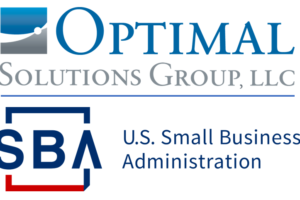
The Hollings Manufacturing Extension Partnership (MEP), part of the National Institute of Standards and Technology (NIST), contracted with the Optimal Solutions Group, LLC and Robey Analytics, LLC (Optimal Team) to conduct an analysis of the overall effect of MEP projects on the U.S. economy (50 states). MEP centers provide assistance to primarily small and medium-size manufacturing businesses to help them improve their productivity and competitiveness. The MEP centers provide services such as assistance with product development, tools and resources for business expansion, and business continuity planning, which contribute to cost savings, new investments, and improved products and processes. These improvements increase the profitability and competitiveness of the client firms, which in turn improves the economy by creating jobs, increasing earnings, and expanding the tax base. The estimates are based on an independent survey of manufacturing clients sponsored every year by the NIST MEP and conducted by a third party. The survey asks MEP Center clients to provide their estimates of the effect of MEP services and activities on their businesses with respect to jobs, sales, investments, and cost savings.
MEP generates a substantial economic and financial return of nearly 13.5:1 for the $150 million invested by the federal government in the program in FY 2021. The study also finds that total employment in the U.S. was nearly 190,024 higher because of MEP Center projects. In addition, and similar to the previous studies, this analysis examined additional areas of economic impact not previously reported by the MEP Program: (1) personal income is $14.15 billion higher, and (2) GDP is $26.49 billion larger, translating into an increase of $2.03 billion in personal income tax revenue to the federal government than without the MEP Program.
Read the report.









